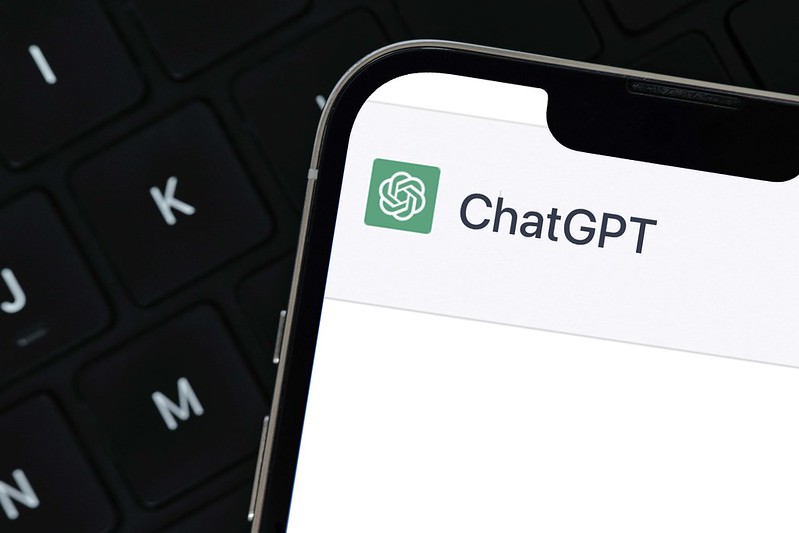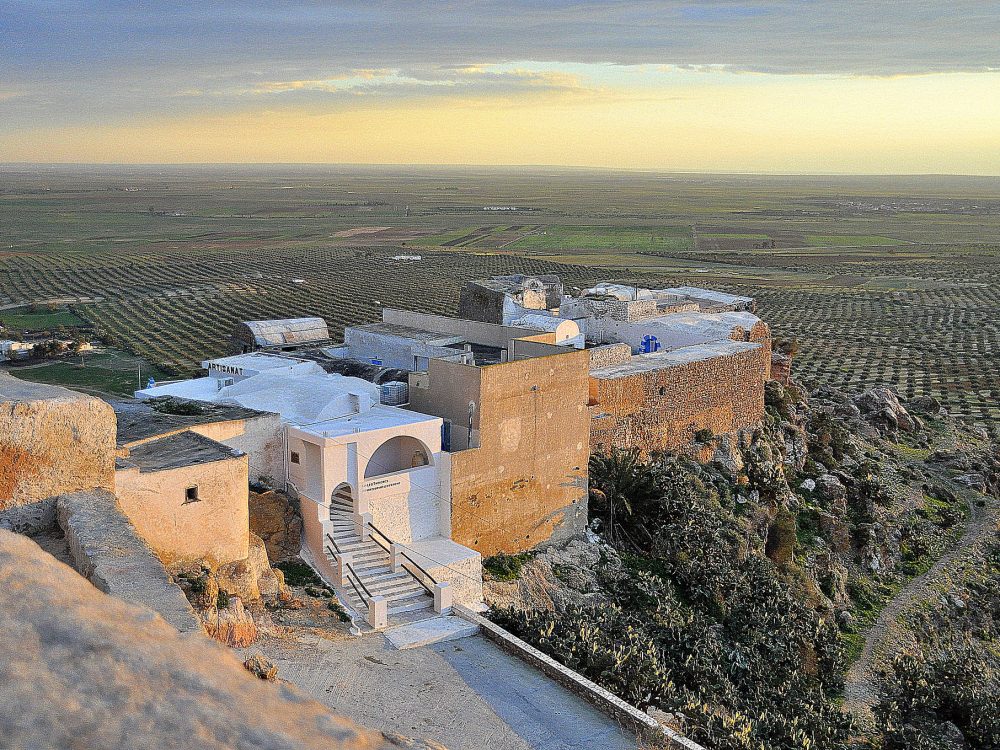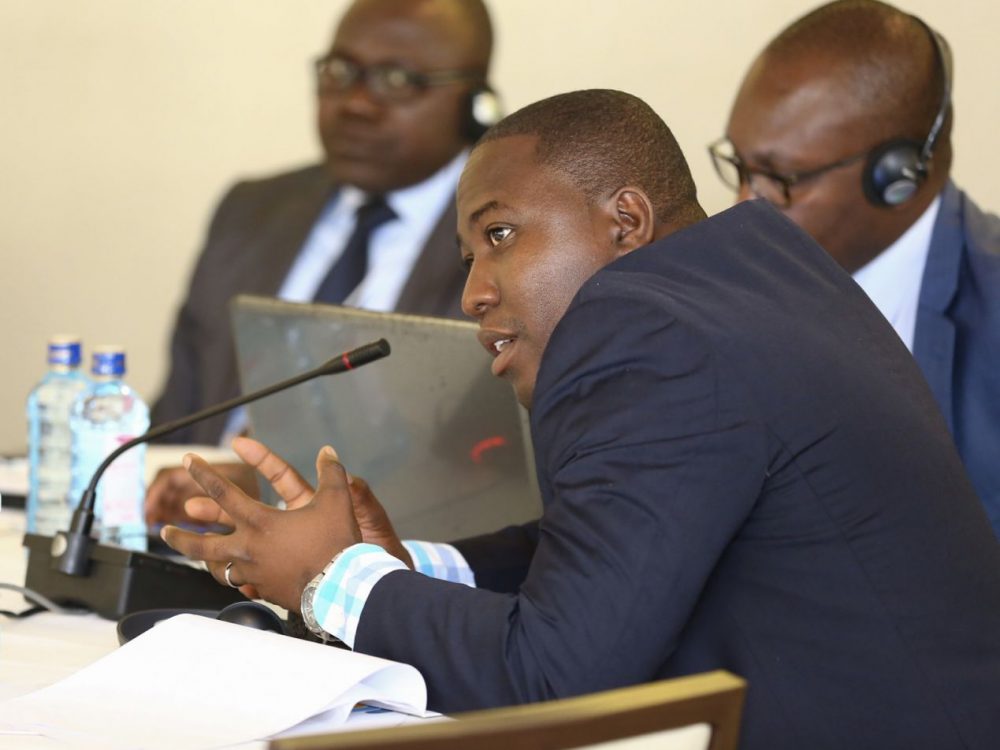Aid information management in Mozambique: A success story’
Development Gateway has worked with Mozambique since 2008 to update and expand its aid information management system, known as ODAmoz. ODAmoz was created in 2005 as a way to coordinate and harmonize donor activities in Mozambique.
The system allows each of Mozambique’s donor focal points to enter data directly into the ODAmoz system, significantly reducing transaction costs for the government in terms of collecting aid information from donors. Once a project is entered into ODAmoz, the information is published on the ODAmoz site, so that project data from different donors is immediately comparable and reports can be easily produced.
In 2008, Development Gateway, with support from the Government of Ireland, began working with Mozambique’s Ministry of Planning and Development (MPD) to upgrade the ODAmoz interface and bring new modules to the system. ODAmoz 2.0 now contains additional aid classification schemes, an interactive aid map (known as ODAmap), and new collaboration tools. Users can create custom reports using the “Create your own report” feature, and view detailed information on donor activities, including their progress in meeting the indicators of the Paris Declaration. DG has also designed a strategy for integrating ODAmoz with e-SISTAFE, Mozambique’s financial management system, which would allow government staff to view budget information alongside aid information. Currently, ODAmoz receives data from over 20 bilateral and multilateral donors and 15 different UN agencies. The MPD plans to publicly launch the upgraded system (ODAmoz2.0) in its capital, Maputo, in the coming months.
As part of the upgraded system, the Government of Mozambique is now managing and administering ODAmoz. In March 2011, DG staff traveled to Mozambique to install the system on government servers and train the government’s IT focal points. These final steps solidify government ownership of the system, ensuring its sustainability.
According to Fernando Ferreyra, a DG technical expert, “ODAmoz benefits from strong support from within the Government of Mozambique – this is why they’ve had so much success coordinating foreign aid information and ensuring that all donors provide timely information. We believe that their upgraded system will help improve aid effectiveness, particularly once the Government successfully integrates budget information from e-SISTAFE into the ODAmoz system. We are glad to see that they are ready to move on without DG support; this shows that we did our job well.”
Share This Post
Related from our library

How useful is AI for development? Three things we learned from conversations with development experts
The development world is buzzing with excitement over the idea that new and emerging applications of artificial intelligence (AI) can supercharge economic growth, accelerate climate change mitigation, improve healthcare in rural areas, reduce inequalities, and more. But what does this look like in real life?

At a Glance | Tracking Climate Finance in Africa: Political and Technical Insights on Building Sustainable Digital Public Goods
In order to combat the effects of climate change, financing is needed to fund effective climate fighting strategies. Our white paper, “Tracking Climate Finance in Africa: Political and Technical Insights on Building Sustainable Digital Public Goods,” explores the importance of climate finance tracking, common barriers to establishing climate finance tracking systems, and five insights on developing climate finance tracking systems.

AMP Through the Ages
15 years ago, AMP development was led by and co-designed with multiple partner country governments and international organizations. From a single implementation, AMP grew into 25 implementations globally. Through this growth, DG has learned crucial lessons about building systems that support the use of data for decision-making.